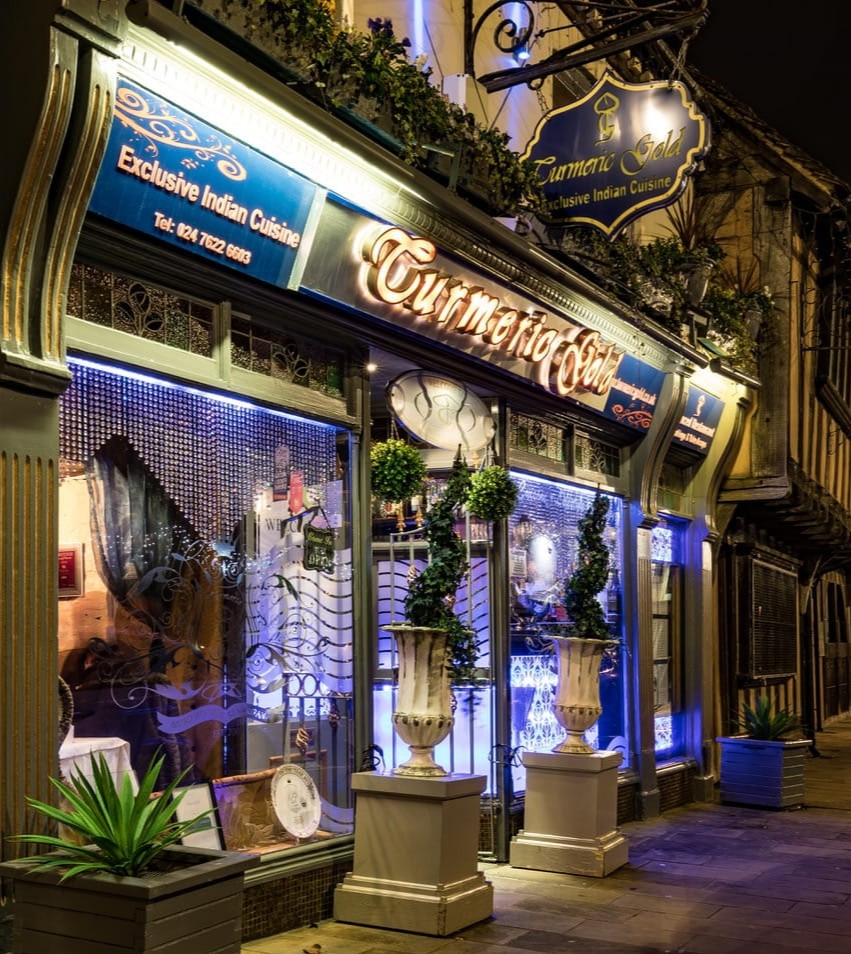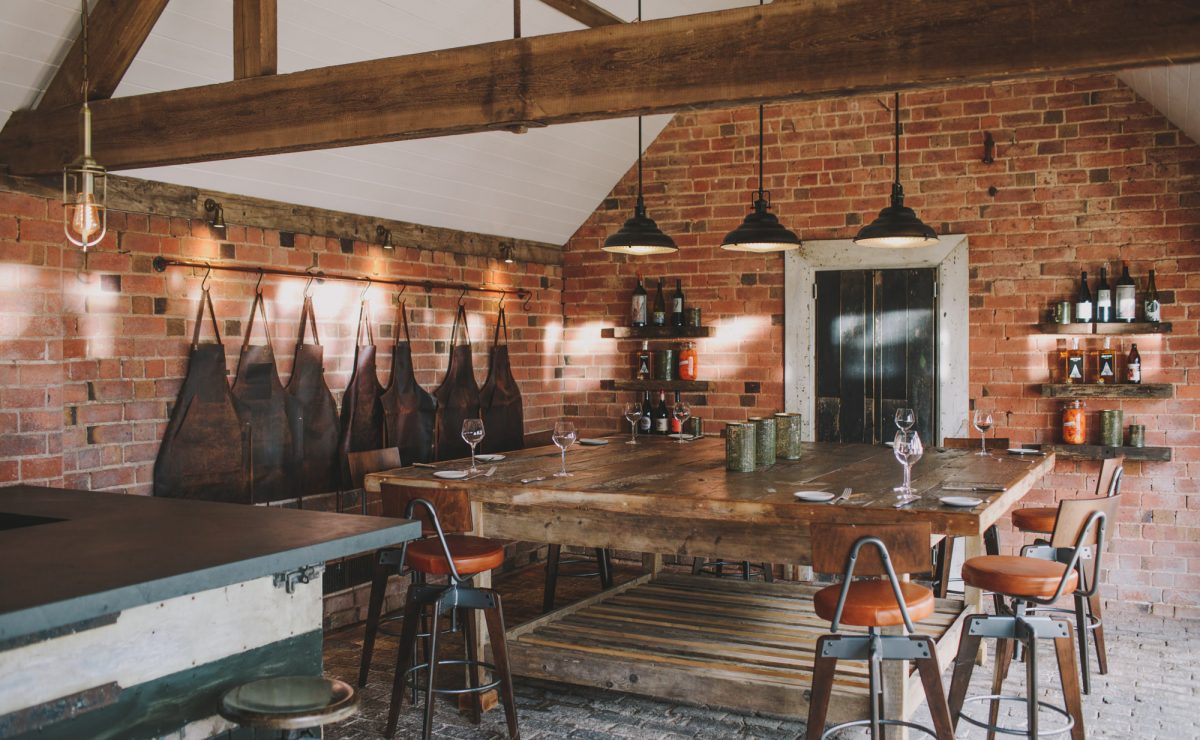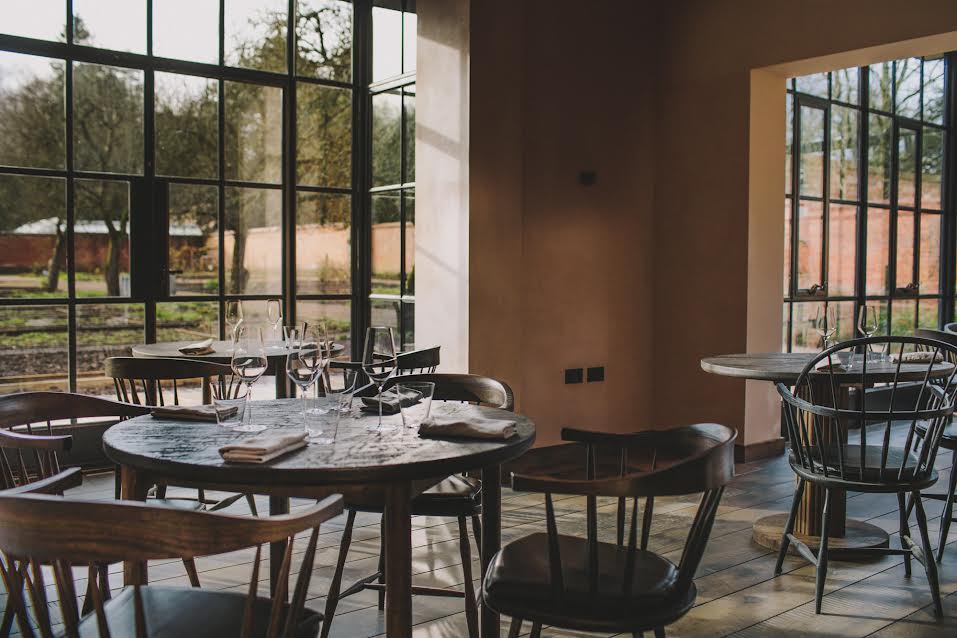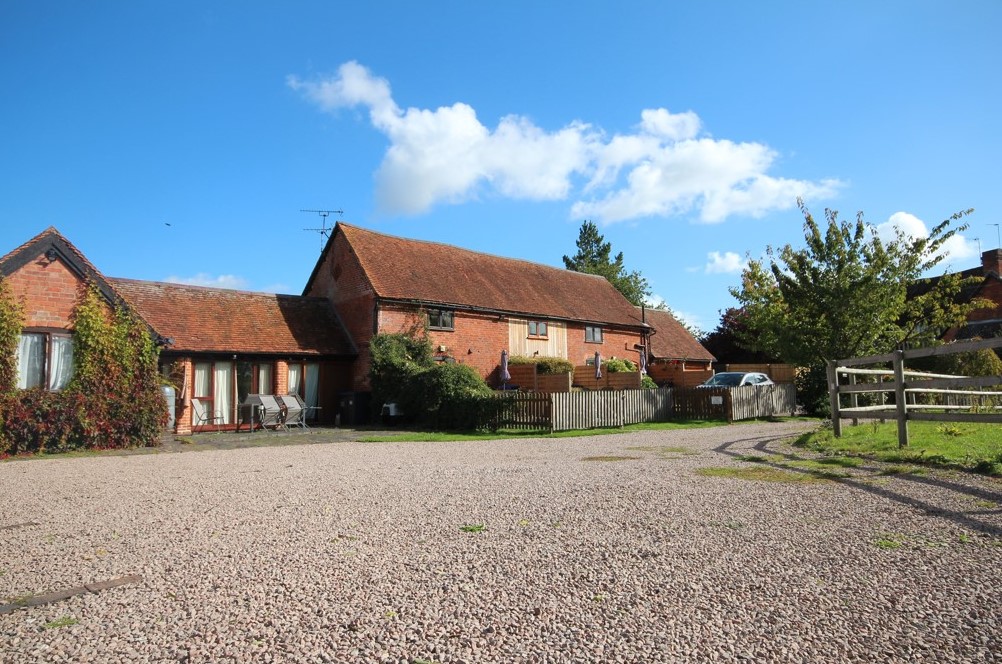Overlooking central Coventry, Ramada Hotel & Suites Coventry offers a range of rooms…
At Kenilworth Castle

4.5 miles (7.2kms)
About the walk
The dramatic ruins of Kenilworth Castle are an important part of English history. This walk starts from the castle and goes over farmland, then circles around Chase Wood to return along a track from where the best views of the castle ruins can be enjoyed. Extend the walk a little by visiting Honiley Church, rebuilt in 1707 to a design sketched – if legend can be believed – by the great architect, Christopher Wren.
From fortress to castle
Kenilworth Castle was the stronghold for lords and kings of England in the 11th and 12th centuries. Originally it was a timber fortress, and King John paid several visits to the castle, spending £1,115 between 1210 and 1216 rebuilding the outer bailey wall in stone and improving the other defences. In the 14th century John of Gaunt transformed the fortress into a grand castle, building a great hall.
The castle later passed to Henry IV. Henry V rested here after his victory at Agincourt in 1415, and it remained a royal residence until Queen Elizabeth I gave it to her favourite courtier, Robert Dudley, in 1563. It was then used to host a series of lavish entertainments for the Queen. The Civil War brought about its demise when, after a long siege, Cromwell ordered the defences to be dismantled. The romantic ruin became a tourist destination from the 18th century onwards, and its popular fame was sealed when it became the setting for large parts of the action in Sir Walter Scott’s historical novel Kenilworth (1826). Today the castle is classed as a Grade I listed building, and is open to the public. In 1958 it was gifted to the town of Kenilworth, and English Heritage has managed the property since 1984. A climb to the top of Saintlowe Tower is rewarded with a wonderful view.
A pleasance place
Pleasance Mound, ‘The Pleasance in the Marsh,’ is situated about half a mile (800m) northwest of Kenilworth Castle. A moated, timber-framed manor house was built here for Henry V in around 1414, at the edge of the Great Mere – an artificial lake which formed part of the defences of the castle. The site was primarily used as pleasure garden and place of entertainment in preference to the castle’s more formal state apartments. It was abandoned and dismantled during Henry VIII’s reign, and some of the buildings were moved to a new location within the castle walls. Historical investigations at the site of the moated island revealed the remains of a stone wall, and also identified the base of a spiral staircase and the remains of square towers built within the enclosing wall. Records show that structures here included a banqueting hall.
Walk directions
Walk towards the castle from the car park and go through the kissing gate to the left of the impressive ruins. Take the footpath that circles around the foot of the castle walls, climbing up to and crossing over the causeway, then descending to go through a kissing gate. Go ahead to pass to the left of a beautiful cream-painted thatched cottage, and then onto a good wide track. Go left along this track for 120yds (110m), then turn right through a kissing gate into a cultivated field.
Follow the well-walked footpath diagonally across the field. When you reach the field corner turn round to enjoy the fine view of the castle behind, then leave the main footpath by going right and heading up a less-used green track, heading north. Walk ahead along this track over several fields and through a kissing gate, then pass to the left of East Chase Farm. Continue past the barns and hen run enclosure and then veer right towards a stile.
Cross the stile and head left along Chase Lane for the next 1.5 miles (2.4km) before passing to the right of Chase Wood. At the wood end, turn left on a stony farm track. After about 400yds (366m) reach a junction of footpaths. To your right you will see Honiley Church (the footpath leading there and back will add about a further mile (1.6km) to your route).
At the junction of footpaths, go left along a fine, wide grass track to the right of the field hedge, with Chase Wood further to the left. Follow this straight track for about 0.5 miles (800m), going over a footbridge. Go through two kissing gates, and continue over the Pleasance Mound earthworks to go through a further kissing gate. As you leave, you will pass an information board about the excavation.
Walk along the hedged footpath that leads to the farm drive to Hollyfast. Continue ahead along the drive. As you reach the brow of the hill you can enjoy another classic view of Kenilworth Castle. This spectacular view continues as you descend the other side of the hill. Just before reaching the thatched cottage again, turn right onto a well-walked footpath that circles around the walls of the castle. Pass through a kissing gate and cross the castle causeway, then descend the footpath leading back to the car park.
Additional information
Field paths and farm tracks
Rolling countryside
On lead at all times
OS Explorer 221 Coventry & Warwick
In front of castle by Castle Green
None on route
<p>Walk extended to 5.5miles (8.8km) if you visit Honiley Church</p>
WALKING IN SAFETY
Read our tips to look after yourself and the environment when following this walk.
Find out more
Also in the area
About the area
Discover Warwickshire
The sparkle of sunlight on a gentle river as it meanders through beautiful countryside; the reflections of sailing boats on a lake; relaxing with a pint in the garden of an old English pub in a picturesque village; brightly coloured narrow boats making their way through a flight of lock gates; the imposing silhouette of an historic castle. These are the scenes that make Warwickshire a delight.
There may be few seriously high hills in this fertile plain, but it is an area full of attractive walking in rolling countryside, blessed with a fascinating history and wonderful places and buildings to visit. This is Shakespeare’s county, and the footprint of the famous Bard appears almost everywhere. He was born and brought up around the beautiful Warwickshire town of Stratford-upon-Avon, and many of his plays draw upon his own experiences in the area.
Warwickshire has a history that embraces the Civil War, castles and large country houses are scattered over the county. Warwick Castle is the home of the Earl of Warwick, Kenilworth Castle was a stronghold for lords and kings of England in the 11th and 12th centuries, and so the list goes on.
Nearby stays
Restaurants and Pubs
Nearby experiences
Recommended things to do
Why choose Rated Trips?
Your trusted guide to rated places across the UK
The best coverage
Discover more than 15,000 professionally rated places to stay, eat and visit from across the UK and Ireland.
Quality assured
Choose a place to stay safe in the knowledge that it has been expertly assessed by trained assessors.
Plan your next trip
Search by location or the type of place you're visiting to find your next ideal holiday experience.
Travel inspiration
Read our articles, city guides and recommended things to do for inspiration. We're here to help you explore the UK.















